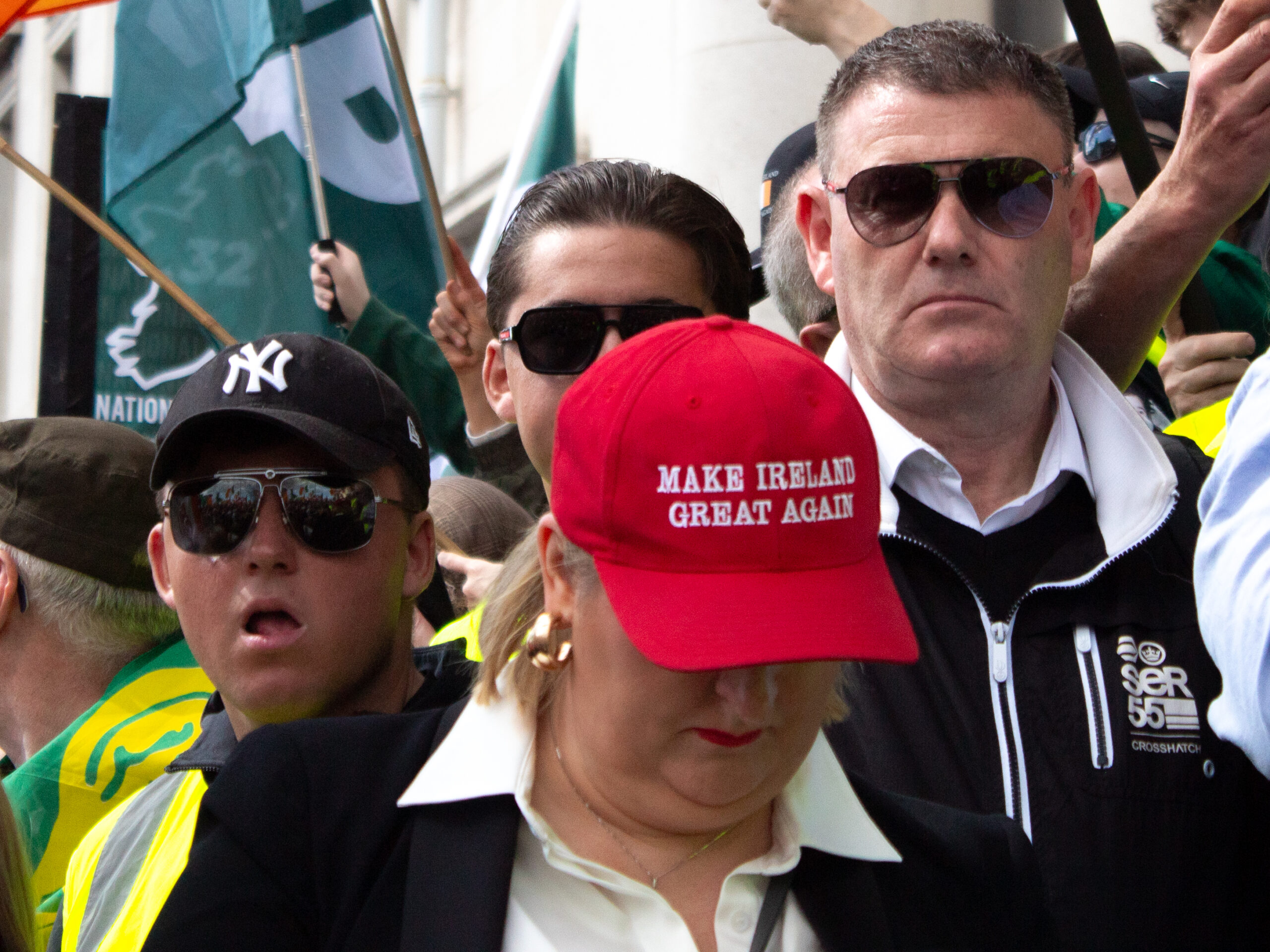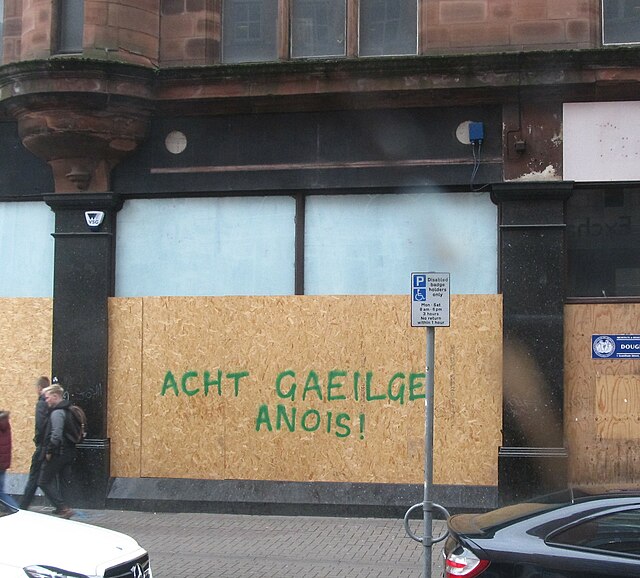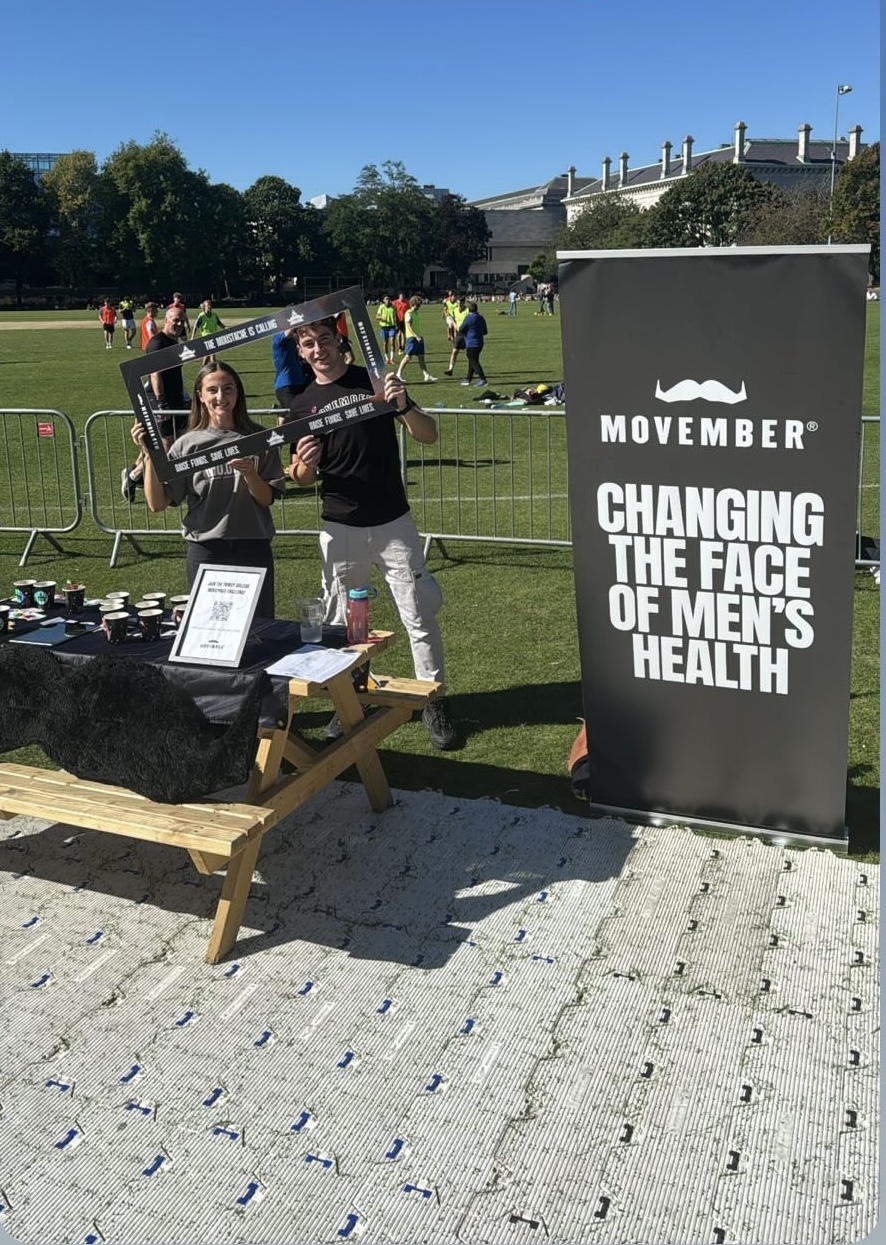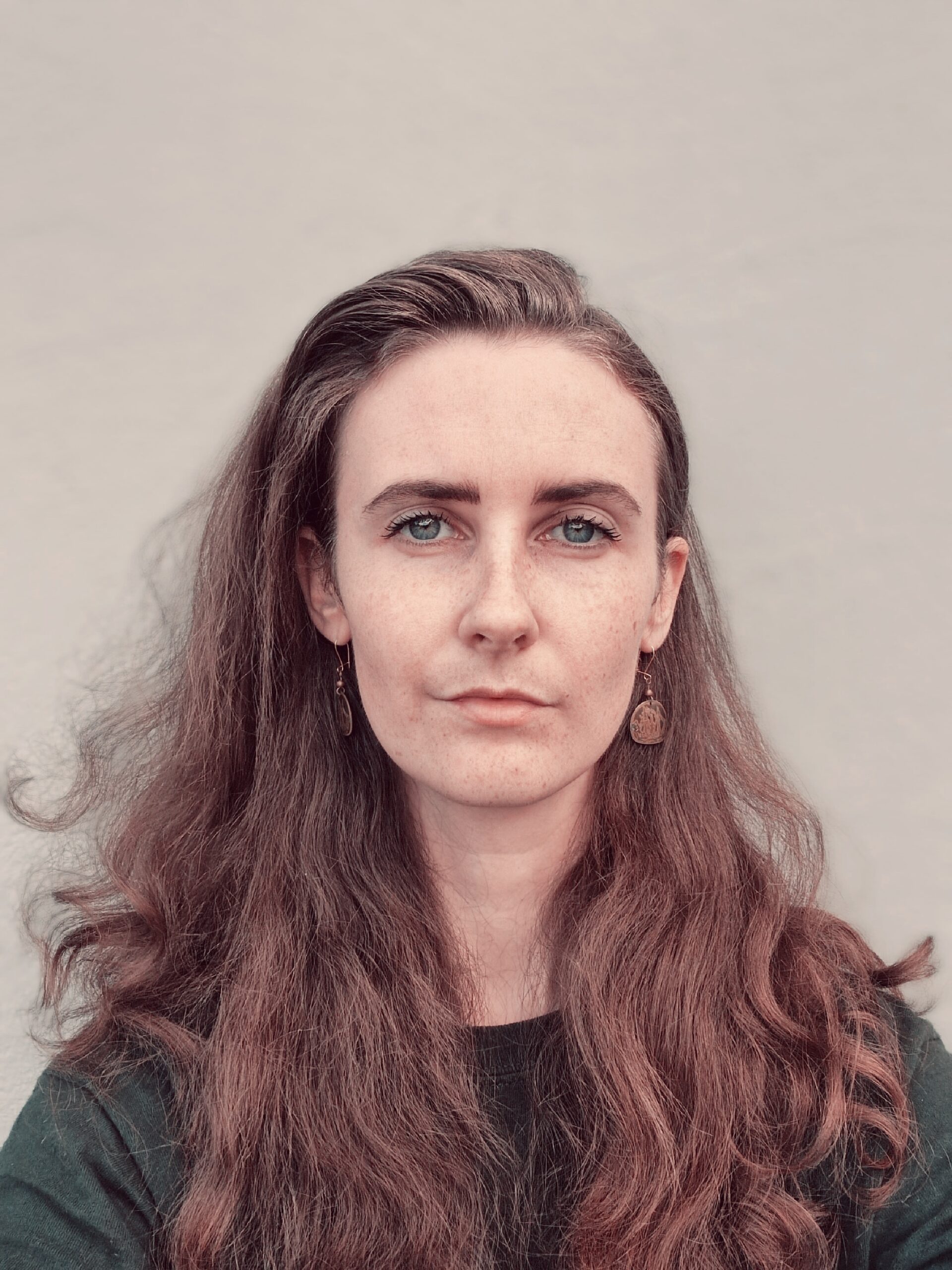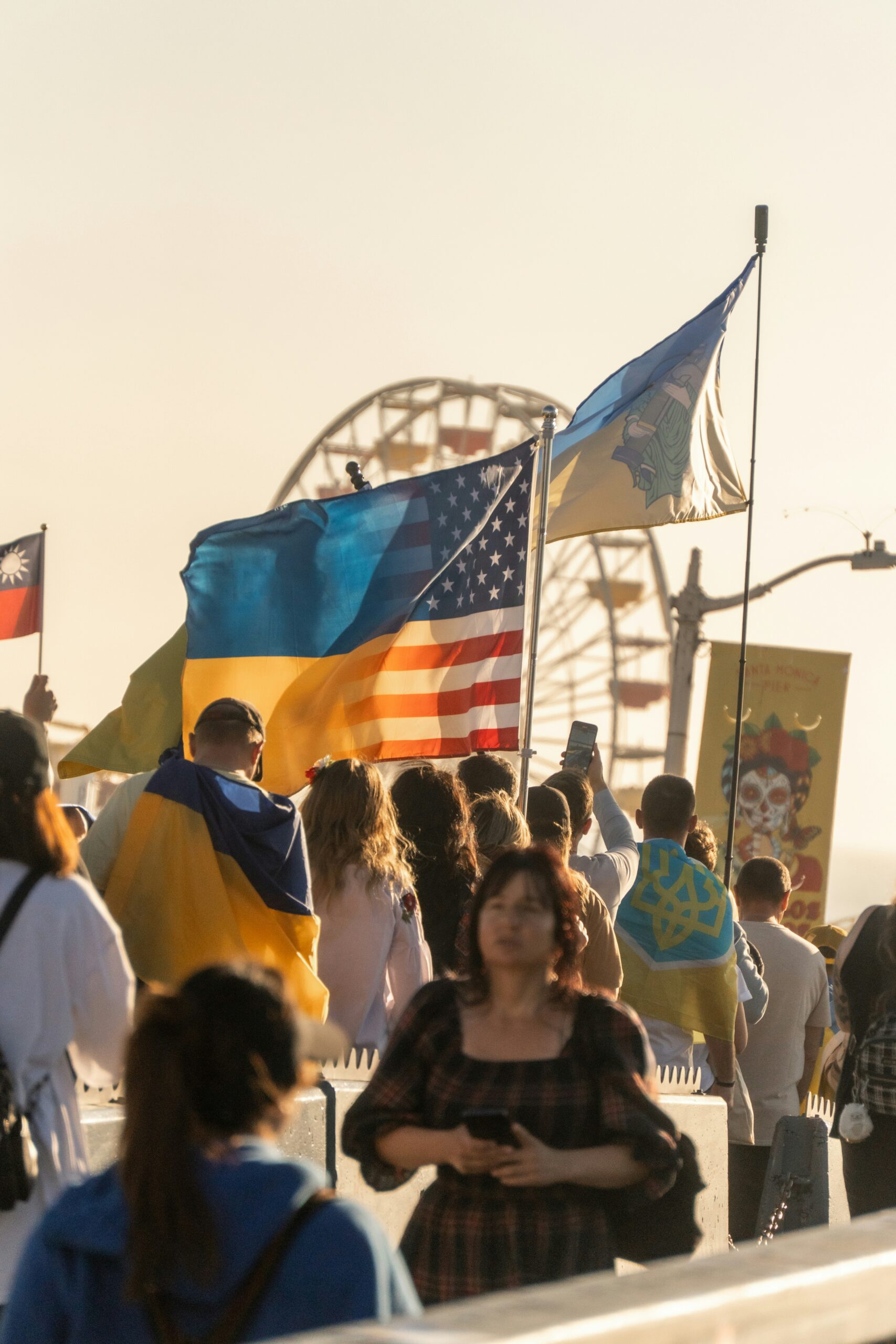Philip Engels
Monday the 21st of March marks the beginning of a new year for all Persians around the globe: celebrations took place from Los Angeles to Stockholm to Tehran through a festivity called ‘Nowrooz’.
Not only is this an opportunity for Persians to reunite with friends and family but it also serves as a symbol representing the beginning of a new spring season. Traditionally, this is symbolized by all kinds of colourful objects that are placed in every household, on a table covered by a white cloth. From Sabzeh (lentil sprouts representing rebirth) to Apples (beauty) to Sir (health) to goldfish, flowers and a mirror, the careful arrangement of all these items contribute to a general sense of rebirth, prosperity and hope for an even better future.
In addition to its symbolic value, Nowrooz also carries with it a crucial cultural message. To all Persians, it is a reminder of Iran’s glorious past. In fact, it was under the leadership of the powerful Achaemenid emperors that it became a national festivity. Eventually, through the years – despite endless wars and Hellenic, Arab/Islamic, Mongol, Turkish and western influences it has remained a synonym to the Iranian identity. Even in today’s Islamic Iran, people proudly celebrate Nowrooz despite its non-Islamic origins. Essentially, it has become a cheerful celebration of around 3,000 years of existence of one of world’s most ancient civilizations and its annual ‘rebirth’.
Beyond the cultural message also lies a political statement. Nowrooz is a celebration of Iran’s people : regardless of the regime under which they live. Empires, kingdoms, dynasties have come and gone but Nowrooz has remained a central element in Iranian society. Seeing this, leaders such as Iran’s president Mahmoud Ahmadinejad have been forced to play a double-edged role: representing and highlighting both a Persian (and in this case Zoroastrian) heritage as well as the more recent Islamic values advocated by the Islamic Revolution of 1979.
But now that secular uprisings have spread throughout the neighbouring Arab world, young Iranians are increasingly tempted to follow the trend by wanting to overthrow the established theocracy lead by the Supreme Leader Ali Khamenei. As years go by and the feast of Nowrooz is celebrated in the dynamic and affluent neighbourhoods of Northern Tehran, one realizes that it seems only a matter of time before another revolution occurs in the central Azadi square.
In fact, in his annual Nowrooz message, Obama addressed the Iranian people by saying the following: “You, the young people of Iran, carry both the ancient greatness of Persian civilization and the power to forge a country that is responsive to your aspirations”
When will these aspirations turn into deeds? Even though key reformist political figures have been marginalized (from Moussavi to Karoubi or even Khatami and Rafsanjani), the Iranian people have already demonstrated their desire for change. I would not be surprised if after the current events in the Arab world and especially in Syria, a subsequent wind of change would reach Iran.

In this map: countries in red ‘observe’ Nowrooz or the Persian New Year; countries in blue furthermore recognize Persian (Farsi, Dari, Tajiki) as an official langue. The area coloured in turquoise is where Persian is spoken by a majority of the local population

